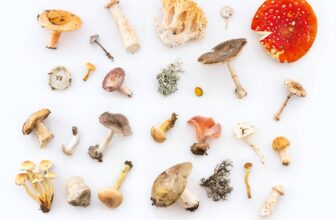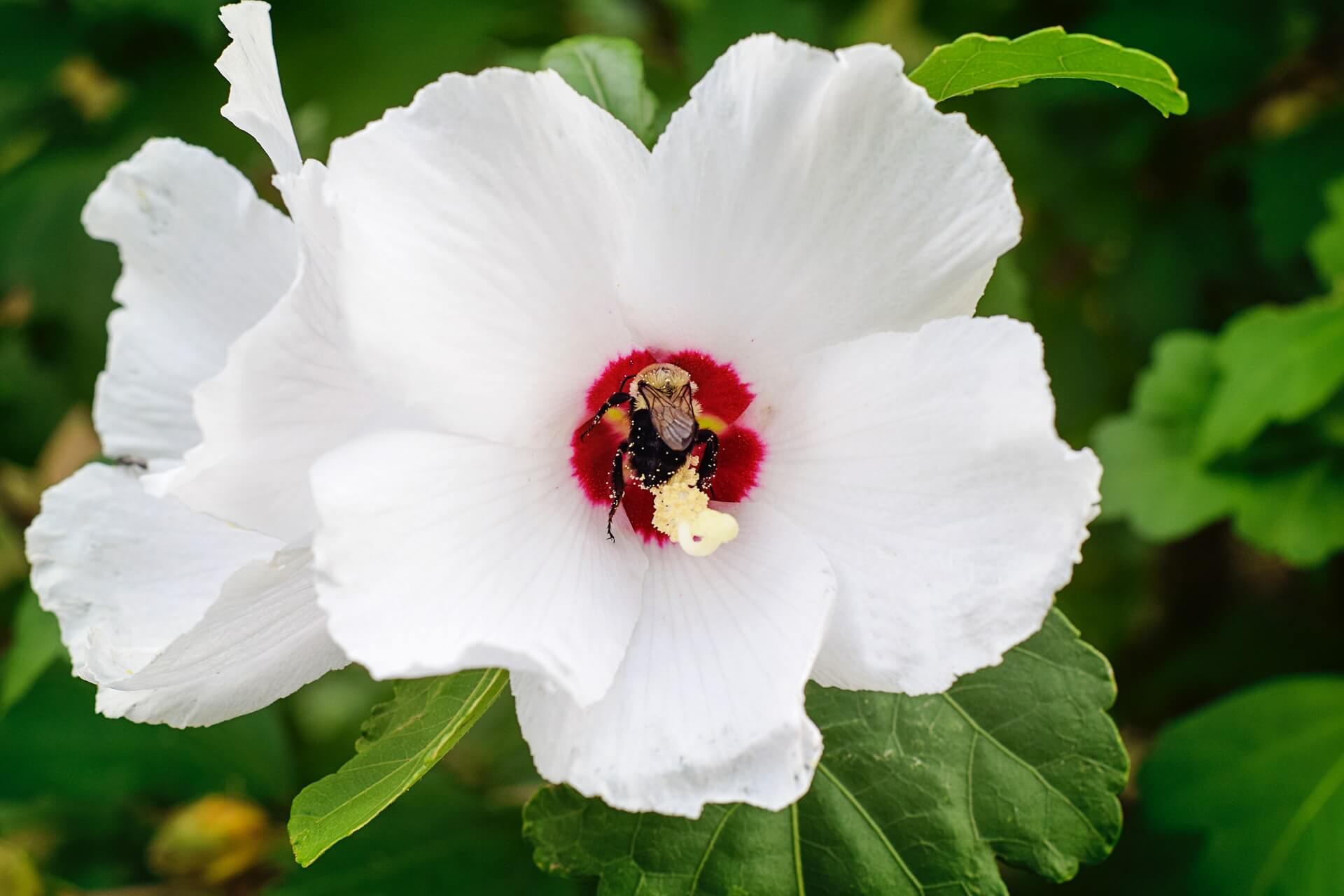
Table of Content
Hardy Hibiscus is one of the two sub specimens of the hibiscus plant, the other one being “tropical hibiscus”. Although these two types may look similar in some ways, they have their differences. Unlike the tropical variety, hardy hibiscus can withstand the extreme cold and harsh weather for months which is why it’s considered a great fit for outdoor gardening in chilly climate regions.
These cold-tolerant plants generate large flowers and have heart-shaped, light-green leaves. Depending on the different growth conditions and varieties of hibiscus, these bushes typically grow from 3 to 6 feet in height.
If you’re considering growing hardy hibiscus plants in your very own garden, we’ve got you covered. Here’s everything you need to know on how to get started.
Popular Types of Hardy Hibiscus
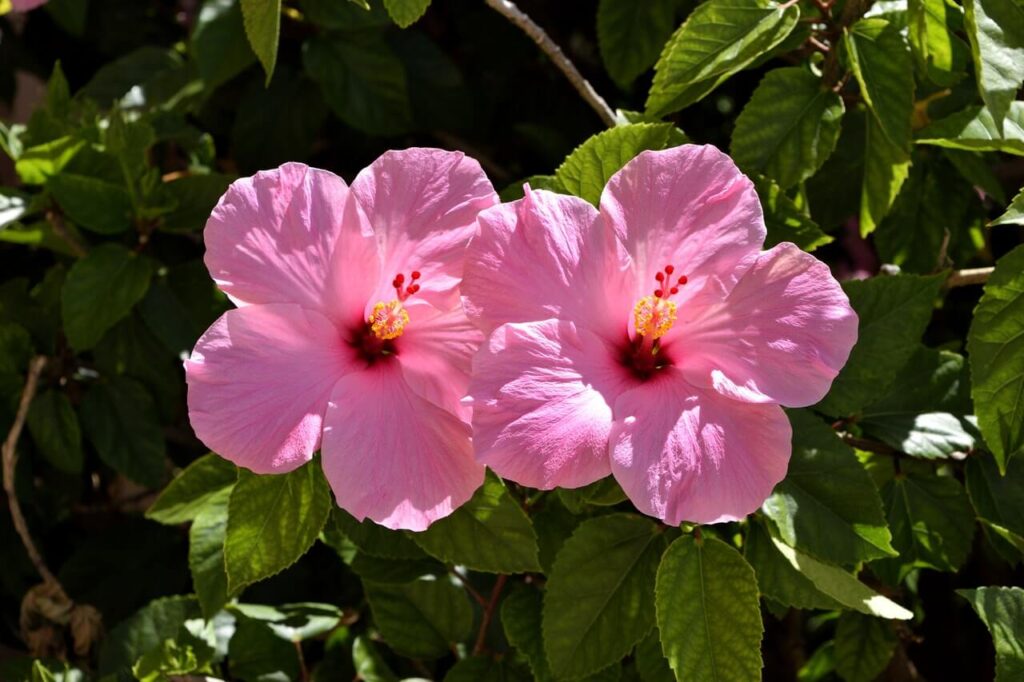
There are several types of hardy hibiscus plants that are commonly found in gardens around the world. Here’s a list of some of the most popular ones:
- Rose Mallow – These plants produce large pink flowers which deepen in color over time. They normally blossom in the summer time and attract friendly insects and birds.
- Rose of Sharon – Also called althea, these hibiscus plants generate beautiful pink or white flowers in the late-summer. Although they’re originally shrubs, Rose of Sharon can also be grown like trees if they’re pruned and maintained well.
- Kopper King – This variety has copper green color leaves and produce white or pink colored flowers from summer to fall.
- Disco Belle Pink – These shrubs grow up to 4 feet tall and produce pink flowers with beautiful red centers.
- Texas Star Hibiscus – These are also called scarlet swamp hibiscus, scarlet rose mallow and wild red mallow. The flowers are red in color and are usually about 6 inches in diameter.
Growing and Caring for Hardy Hibiscus
This species of hibiscus is native to eastern north American territories, which belong to the USDA zones 5 to 8. They’re annual deciduous plants that shed their leaves and depend on the natural dormancy for surviving in the winter season.
These turn brown and die in the frosty weather and come back to life in the spring or early summer. When planting, they either can be grown separately or pruned and shaped up to create borders and hedges.
Planting
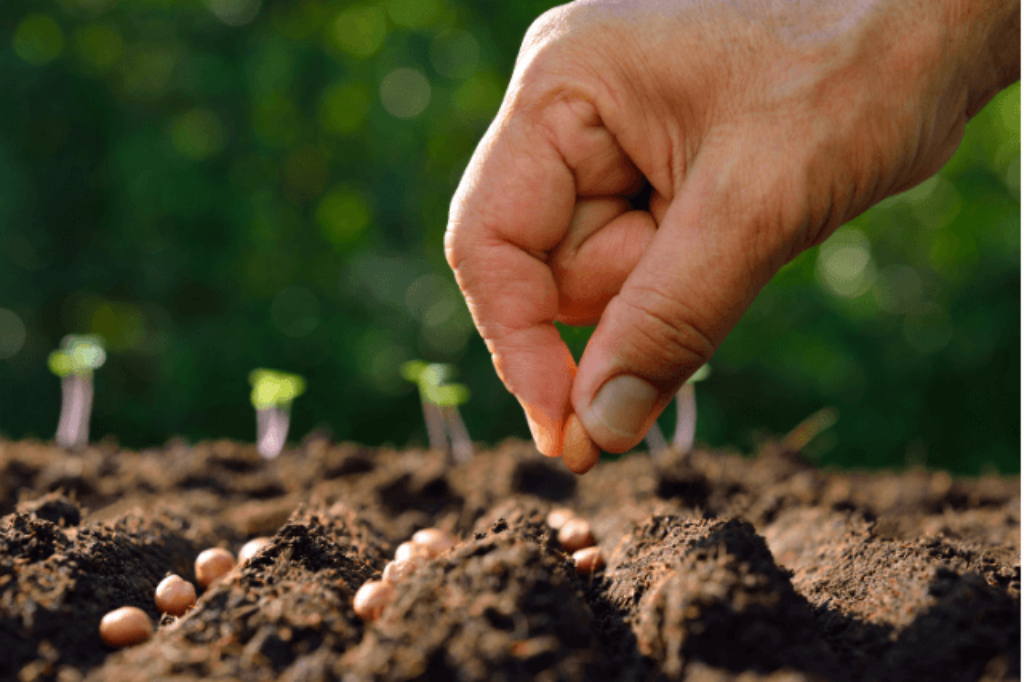
Hardy hibiscus can be propagated by stems, seeds, and even the crown of the plant. The best time of the year to plant them is in the spring because the plants would get enough time to develop a deep, well-established root system that can tolerate the extreme cold. When winter comes around, your plants will be well prepared to handle it.
Baby plants can look really small in the beginning stages of their growth process. However, don’t worry, because soon they’ll be sprouting up to about 3-6 ft tall, but it’s important to ensure that they have proper conditions to grow.
When planting your hardy hibiscus directly in the ground, remember keep at least 2-3 feet of space between each and every plant. Otherwise, your plants will have to compete for space and light as they grow and some of them wouldn’t grow as well as others.
If you’re planting your hardy hibiscus in a pot, choose a container that matches the full-grown size of the chosen hibiscus variety as this can vary depending on the type.
For example, there are small hybrid hardy hibiscus plants such as “fantasia mallow” which only grow up to a maximum of three feet while other types like ‘rose mallow’ grow up to 6 feet in height. Always pick containers that are much larger than the current size of the hibiscus plant. All containers should have drainage holes to maintain a proper drainage circulation continuously.
Soil
Hardy hibiscus tends to grow best in well-drained and enriched soil that’s slightly acidic in nature (6.0 to 6.5). They thrive in medium to wet soil conditions. This means that these plants don’t prefer heavy clay soil or overly dry, sandy soil.
If the soil you’re planning to use doesn’t fulfil these requirements, you can improve it before you start planting. You can do this by adding organic compost to the soil. You can also add a layer of mulch to protect the plant roots and maintain its moisture. There are various types of mulch you can purchase online or at your local garden store but you can also make your own.
Fertilizers
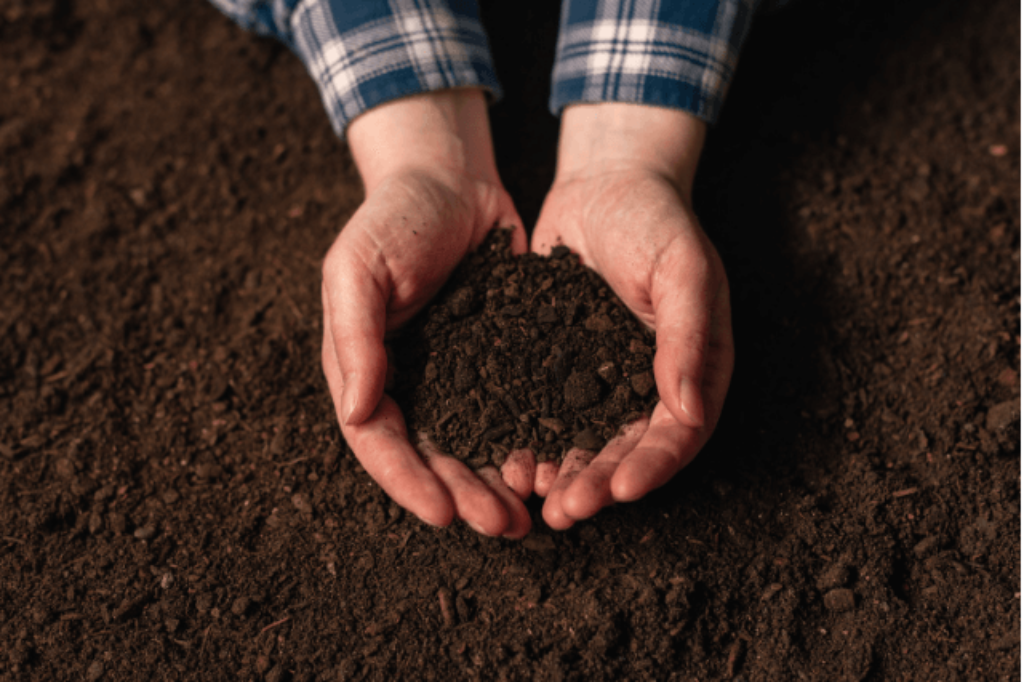
The type of fertilizer you use for your hardy hibiscus depends on the way you’ve planted them. For instance, if they’re planted directly in the ground, you can use a slow-release type of fertilizer or some kind of natural organic fertilizer to nourish the plants. Later winter or early spring is the best time of the year to do this.
For potted plants, use an all-purpose type of plant food to fertilize them. Dissolve the fertilizer in water to create a nutrient solvent or you can also use it in powdered form.
Light, Temperature, and Humidity
Although hardy hibiscus is considered a non-tropical flowering plant, it blooms well in the sunlight. Generally, these plants need at least 6 hours of sunlight daily. However, if the weather is too hot and dry you might need to move potted plants to a partially shaded area in the afternoon. If they’re planted directly in the ground, you can move other potted leafy plants closer to cover them from the sun and provide them with shade.
Hardy hibiscus is naturally deigned to tolerate harsh, cold climate conditions. They can withstand temperature drops from 20 to below 0 Fahrenheit. This is due to the fact that they simply stop growing in the winter and remain dormant until spring.
Cover the ground with a layer of mulch for better insulation of the roots is best during the cold seasons. Pine straw or chopped leaves can be used for this and the layer should at least be 8 inches thick for the best coverage.
Ideal humidity levels can help hardy hibiscus plants to thrive at their best. If the humidity is too low, the entirely plant will dry out. To avoid this, you can spray the plant with water daily.
Place potted plants on a tray or other kind of platform covered with a wet layer of gravel. Remember to pour water into this gravel layer so that it will increase the humidity of the air around the plants as it evaporates.
Watering
Hardy hibiscus plants should be watered early in the morning. This is because the soil will dry out properly during the rest of the day. If you water them in the evening, the soil will stay wet and cold throughout the night and the plants will be exposed to fungus and foliage diseases.
Right after the planting, ensure that you water your plants well, enough for the roots to get soaked and moist. After this, you don’t have to water them daily.
During the drier seasons, water your hardy hibiscus plants daily. If the leaves look wilted or withered, it’s a sign that your plants aren’t getting enough water. In the winter, when the plants are dormant, reduce the water supply to a point where it’s just enough to keep the soil damp, but not too wet.
Pests Controlling
There are a number of insects that could get attracted to your hardy hibiscus plants and pose a threat to them. These include:
- Japanese beetle
- Hibiscus sawfly larvae
- Mealybugs
- Thrips
- Aphids
- Spider mites
- Whiteflies
Most of these pests can be controlled easily if you’re able to identify them in the early stages of infestation. If the population hasn’t started to spread largely yet, then most of them can be hand-picked.

However, if the infestation is out of control, you might have to use an insecticide or other local remedies to control them. For instance, if you’re dealing with a Hibiscus sawfly larvae infestation, an organic pesticide which includes Spinosad as an active ingredient would work a lot better than chemicals. Spinosad is a fermented natural bacterium which is used in various pest controlling products.
Hardy hibiscus plants are often susceptible to different fungal diseases that can affect their leaves, roots, branches, and stems. While foliage diseases like leaf spot, rust, and botrytis blight can damage the leaves, infections such as canker can cause the plant roots, branches and stems to rot. As a result, the whole plant will die eventually.
While most foliage diseases can be treated with a copper-base fungicide, infections such as canker can’t be treated once affected. In this case, all the infected parts and plants should be immediately removed and burned or buried to stop the infection from spreading further.
The risk of your plants getting these fungal diseases and infections can be lessen or prevented entirely if you take extra care not to over-water them or spray the leaves with water all the time. Making sure they have a good drainage system will also help in doing this.
The Take Away
Despite being non-tropical in nature, hardy hibiscus can add a tropical look to your garden with their vividly colorful and huge blossoms. If you’re looking for an easy-to-grow, beautiful plant to decorate your garden with, you might want to give hardy hibiscus a try. Although it may seem like a lot of work, it’s quite simple and well worth the effort.




